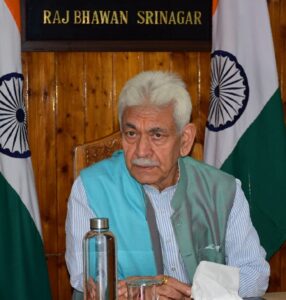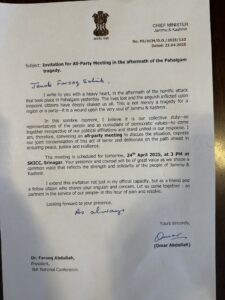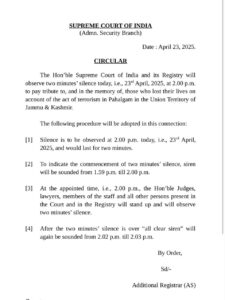Hottest September in Sikkim since 1969, confirms IMD
Gangtok (Sikkim) [India], September 24 (ANI): Gangtok recorded a temperature of 26.8 degrees Celsius on Monday (September 23), the highest for the month of September since 1998, when the temperature at the hill station reached 27.1 degrees Celsius. The Indian Meteorological Department (IMD) in Gangtok confirmed that this is the hottest September since 1969, when it began recording temperatures in the state.
Gopinath Raha, head of the IMD Gangtok, said, “We have data since 1969 with us. If we compare until 2024, then yes, this is the hottest September in recorded history of the state.” He added that temperatures throughout the month, especially in the last week, have risen by 3 to 6 degrees Celsius compared to what is normally observed in September.
The mean temperature this month is 24 degrees Celsius, a record high for September, according to Raha.
In Gangtok, there have been 11 days this September when the temperature exceeded 25 degrees Celsius. From September 6 to 13, temperatures continuously surpassed 24 degrees Celsius, and from September 18 to 23, the same trend was observed. Tadong, located 1,500 feet downhill from Gangtok, recorded 33.1 degrees Celsius on September 21, marking its highest September temperature. The heat was not limited to Gangtok; Darjeeling also experienced unusually high temperatures, with the town recording 28.2 degrees Celsius on September 21, as informed by the IMD head.
According to sources, relief from the heat is expected from September 24, with a drop in temperatures of a few degrees and the possibility of rain and thunderstorms in some areas due to a cyclonic circulation in the Bay of Bengal.
The monsoon season in Sikkim begins around late May and typically lasts until September 30, occasionally extending until mid-October.
Raha added, “In the last few years, June has received heavy rainfall. Even this year, the entire month had rainfall. July had 18 percent more rainfall than normal. In the first two months of the monsoon, there was 66 percent more rainfall than normal. However, after July, the rainfall has been running in deficit, with only a 9 percent increase this year compared to normal.”
Sikkim also experiences non-monsoonal rainfall due to western disturbances during the dry season, but even these western disturbances are now shifting their course toward the northern part of the hemisphere.






